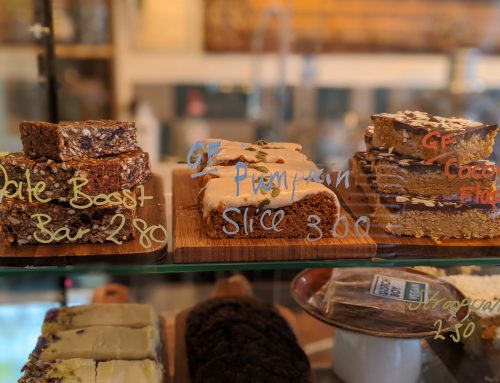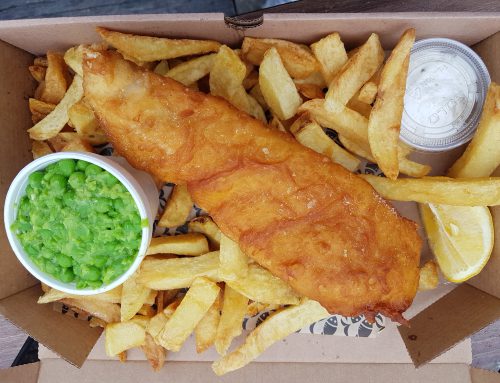
The launch of gluten free bread earlier this year at Pret a Manger UK caused a bit of a social media storm. Why? Well their busy kitchens are simply not able to ensure safe preparation of the gluten free sandwiches. In theory Pret have established good processes to limit the cross contamination risk, but in practice their kitchens get so hectic that these standards are impossible to uphold. For further details read my Pret a Manger update.
Debate on social media circled around the general issue of cross contamination at mixed facility restaurants and it got me thinking. What does the gluten free community deem an acceptable level of risk?
It is such a personal question for coeliacs like me and others who are very sensitive to gluten. Some coeliacs will only eat at dedicated facilities, others have decided to run the Pret gauntlet. I have decided to share where I sit on that scale, as well as some general top tips for dining out safely as a coeliac.
These are entirely my personal views and best practices. Please always go for the level of risk that you feel is appropriate for you. I am coeliac (diagnosed 20 years ago, hence I have a lot of experience) and take a lot of extra care, especially as I am a gluten free blogger recommending restaurants to a large audience of other coeliacs. I would NEVER recommend somewhere if I did not feel it were safe for coeliacs without providing a clear upfront note stressing that it is not safe for us.
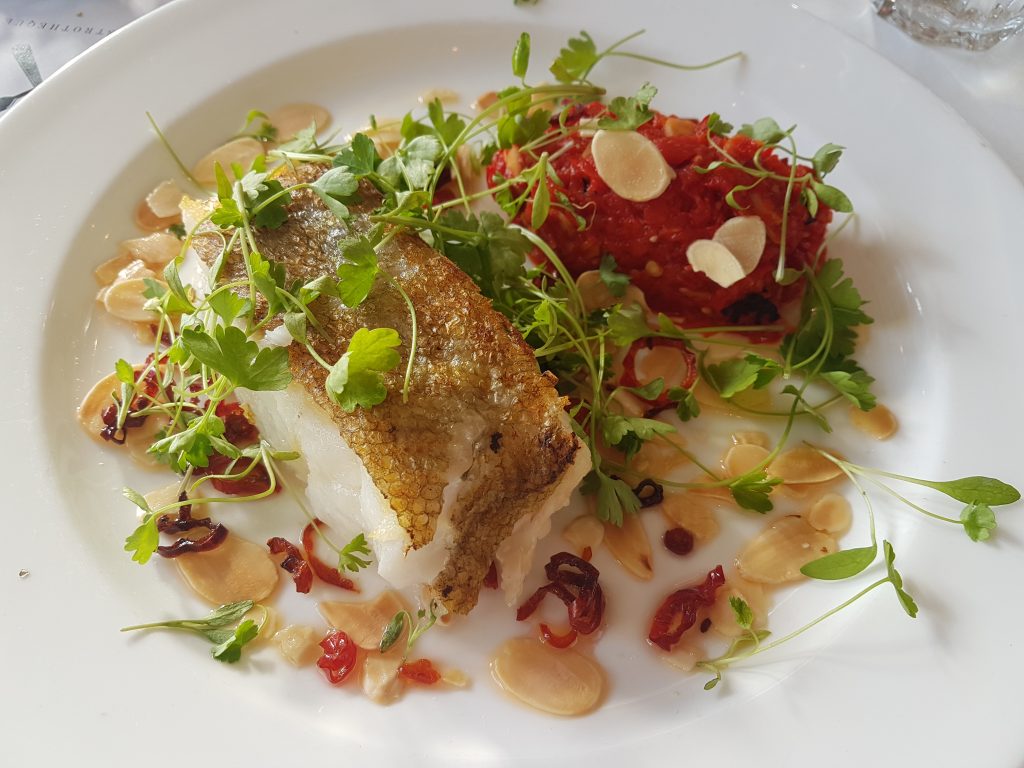
My Gluten Free Dining Choices
I eat at mixed facility restaurants a lot. However, I am undoubtedly the most annoying customer in the place as I always ask a lot of questions and scrutinise processes. Of course I am polite and will always ensure I leave a good tip when a restaurant has gone to extra lengths to cater for my coeliac needs. At the end of the day, we need to appreciate that mixed facility kitchens do have to go to extra efforts for us and that it’s not the end of the world if a restaurant cannot provide gluten free bread. It’s also okay to send back food or to make a fuss if you are served an unsafe meal.
Dedicated gluten free restaurants are a safe bet and Coeliac UK-accredited restaurants are also very reliable (please still ask questions and tell them you are coeliac).
So, what about the rest?
If a place is not Coeliac UK-accredited then do not be immediately put off. Obtaining accreditation is costly and time consuming, hence many businesses have not gone down this route. My personal view is that if a restaurant is able to:
- offer safe gluten free options; and
- assure me that they will take extra care in the kitchen with my meal; and
- demonstrate an understanding of coeliac requirements;
then I feel comfortable eating there. On the flip side, if there is a strong risk of cross contamination or they honestly tell me they cannot cater safely for me then I will leave and eat elsewhere.
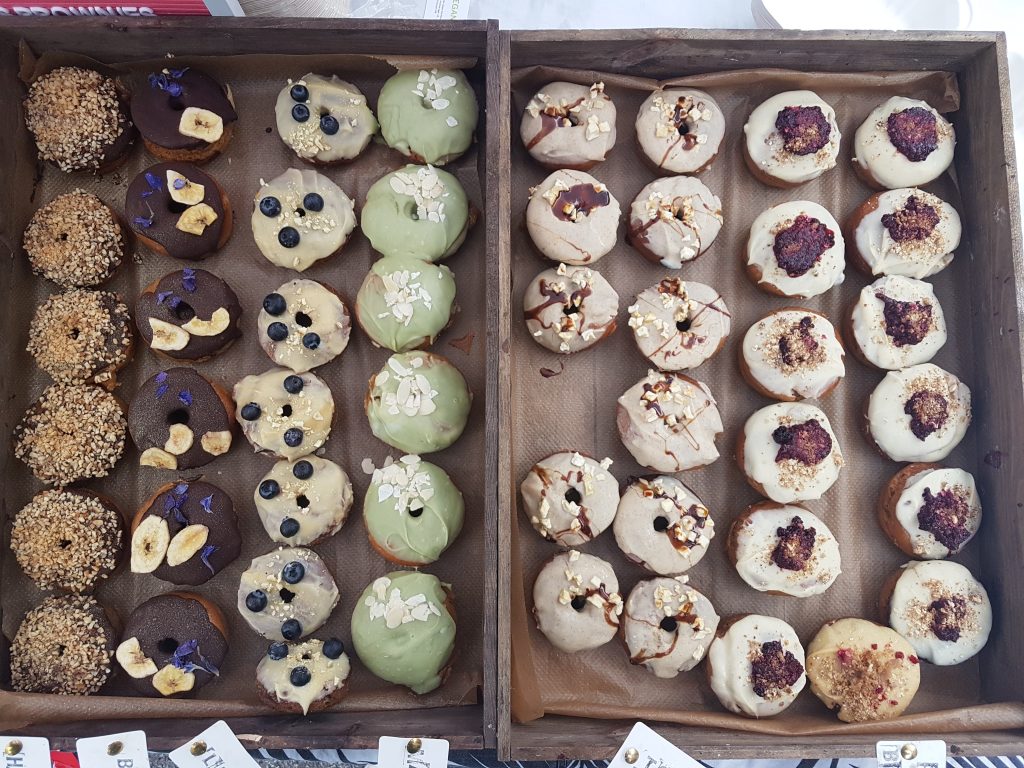
My Top Tips for Eating Out as a Coeliac
Restaurants & Sit Down Cafes
These are the practices I personally adhere to when eating in restaurants and would be my top tips for you to consider:
- Tell the restaurant that you have coeliac disease when you book or if you haven’t booked discuss your dietary requirements with front of house staff before you sit down. There is nothing more frustrating than later finding out that you cannot eat anything safely or that your only option is the £25 steak with a side of salad. If using an online booking form I add a comment stating that I am “coeliac (strict gluten free)” and ask them to call me back if they cannot cater for my dietary requirements.
- Mention your coeliac status again when you order your food. A different staff member might be dealing with you now and if busy the message may not have been passed on.
- Do not assume that a dish marked “gluten free” will be totally coeliac safe. In a mixed kitchen they need to be aware of your specific dietary requirements so that they can take extra care to lower the cross contamination risk.
- Ask questions: if a dish is deep fried, is a dedicated gluten free fryer used? If your brunch dish features gluten free bread, do they used a toaster that is contaminated? If so ask them to grill if safely instead.
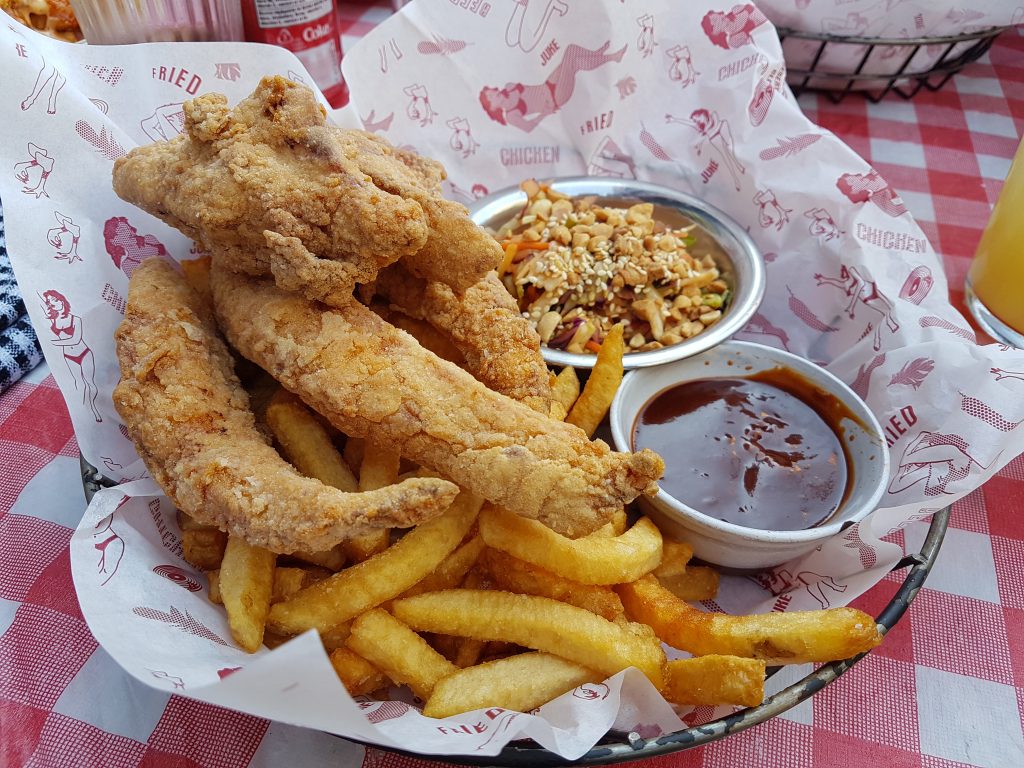
Fresh Grab & Go Options
By that I mean places like Pret, EAT, Starbucks, Cafe Nero, Itsu, for any food options that have been made on site. Prepackaged grab and go can be considered safe if they are gluten free and there is no “may contain” warning on the list of ingredients or packaging.
As for food made on site, this is where it gets tricky and you need to use your own judgement. Some people decide to steer clear entirely. For me, it’s basically a fine line in these instances between what I feel comfortable with and what I deem to be too much of a risk. I tend to steer clear of very bready places. Crumbs are a PEST for cross contamination. A very busy eatery might also struggle to guarantee a safe gluten free meal, due to the volume of food items being produced in their kitchen.
Here are the steps that I follow to help me make an informed decision:
- Check for on-shelf signage and allergy warnings. Pret for example now have clear signs stating the cross contamination risk. If you see one of these you might decide to steer clear entirely or you might wish to speak to staff to gain further insights. Some places do just have these signs as a disclaimer or sorts.
- Speak to a manager. This is always your best source of information and saves you feeling panicked about holding up a queue while your questions are answered by an employee. You can ask about preparation methods and perhaps even which options they would consider to be safest.
- Have a good look at their processes if there is an open kitchen. You will quickly be able to spot whether any major cross contamination is taking place (knives and spoons being double-dipped, gloves not being changed, the same boards being used, etc).
- If in doubt, don’t risk it. I know its frustrating not to be able to try a delicious-looking new lunch option, but it is not worth the gamble. Stick to a safe prepacked sandwich from M&S or Boots, or whatever your usual go-to is.
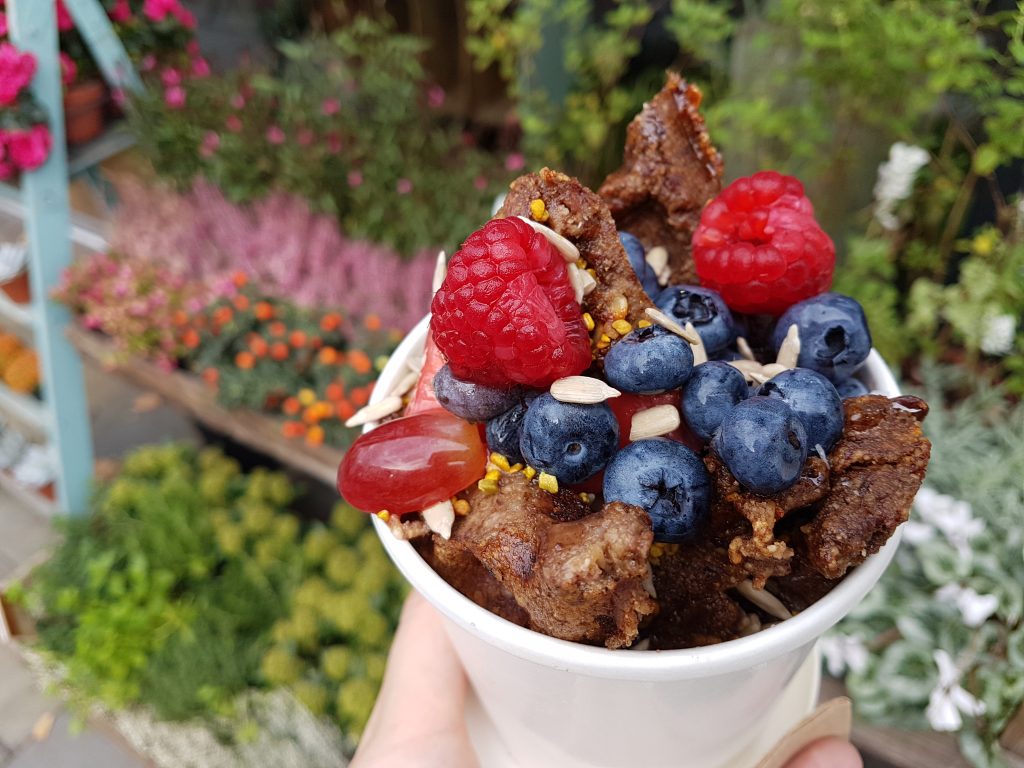
I hope you have found my tips and recommendations useful. For more information about eating out visit Coeliac UK’s website as they have a useful page.
If you enjoyed this article and are looking for more coeliac tips, why not read:
Thanks for reading x



